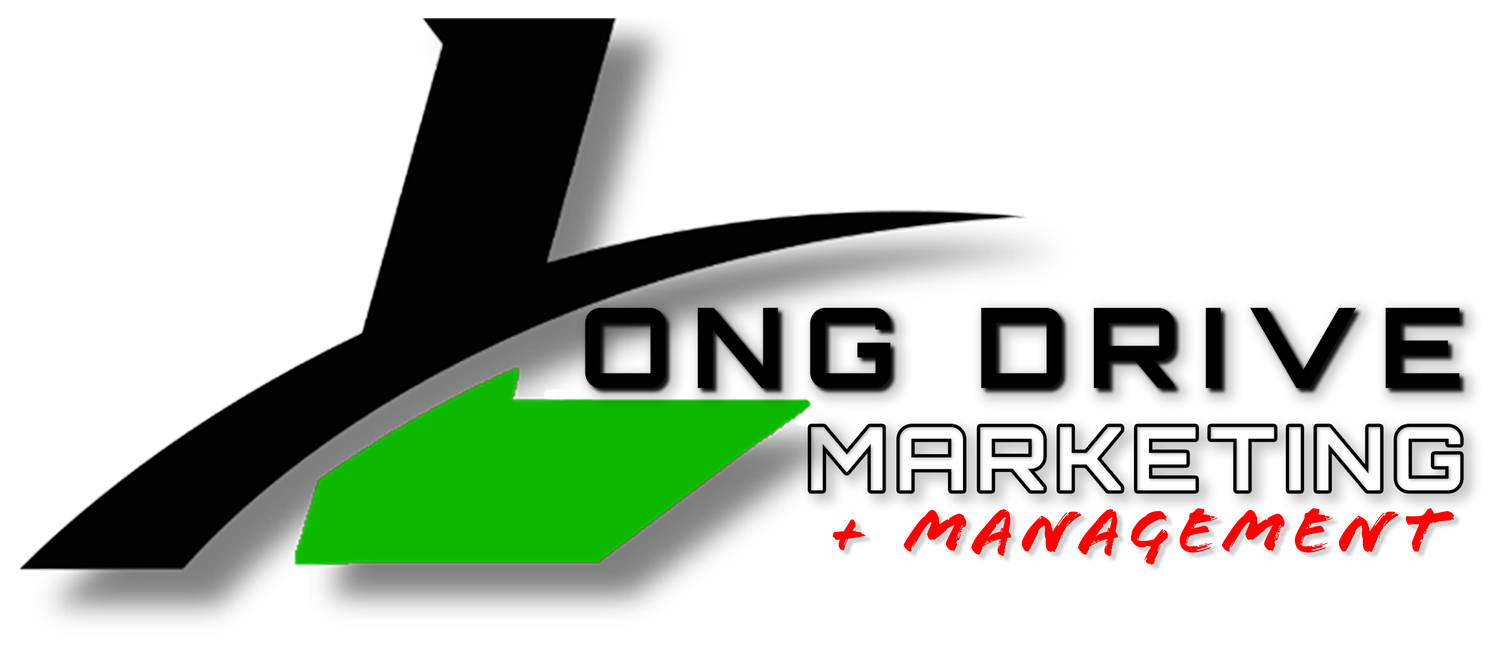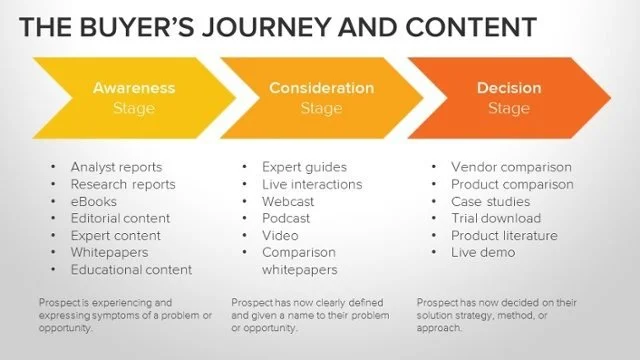Your Website Isn't a Brochure: 7 Steps to Turn It Into a 24/7 Sales Rep
For many businesses, a website is a digital version of the glossy brochure left on a reception desk. It looks professional, lists services, and provides a phone number. It’s a static, passive document. And in today's digital economy, that's a massive missed opportunity.
Your website shouldn't be a brochure. It should be your best, most efficient, and hardest-working sales representative. It works 24/7, never calls in sick, and has the potential to speak to thousands of prospects at once. But for it to perform like a top-tier salesperson, you have to give it the right tools and a clear strategy. In today's market, where up to 80% of the buyer's journey happens online before a prospect even contacts you, your website isn't just a presence—it's your primary sales tool.
Is your website just a pretty brochure, or is it actively closing deals? If you suspect it's the former, it's time for a promotion. Here are seven actionable steps to transform your website from a passive document into a 24/7 sales machine.
1. Give It a Clear, Compelling Sales Pitch (Your Value Proposition)
Your best salesperson wouldn't start a conversation by listing every product you sell. They’d start with a powerful opening that grabs attention and addresses a prospect's core problem. Your website must do the same. This is your value proposition, and it needs to be front and center on your homepage. It must instantly answer a visitor's question: "Why am I here, and what's in it for me?"
Is Your Website Just a Brochure?
Let's find out what's holding your website back. We'll provide a free, no-obligation analysis and a clear roadmap to start improving your conversion rates.
Get Our Free Website Sales AuditAction Step:
Write a headline that is so clear and benefit-driven that a visitor understands what you do in under five seconds. Ditch vague jargon. Instead of "Innovative Business Solutions," try "We Help Plumbers Get 20+ New Leads Every Month."
2. Teach It to Build Trust (Show, Don't Just Tell)
A great salesperson doesn't just make claims; they provide proof. They share success stories, offer testimonials from happy customers, and present data that backs up their promises. Your website must be armed with the same arsenal of trust signals. Without proof, your claims are just noise.
Action Step:
Create a dedicated "Case Studies" or "Results" section on your site. Showcase 2-3 of your best projects with a clear "Problem, Solution, Result" narrative. Sprinkle client testimonials—with names, photos, and company details—throughout your homepage and service pages.
3. Equip It with a Low-Stakes Conversation Starter (The Lead Magnet)
Your top salesperson knows that not every prospect is ready to buy immediately. They build relationships by offering valuable advice or helpful resources first. Your website should do the same. Asking a new visitor to "Buy Now" or "Book a Consultation" is often too big of a leap.
Action Step:
Create a "lead magnet"—a valuable piece of content your ideal customer can download for free in exchange for their email address. This could be a checklist, a short guide, or a video tutorial. This turns a passive visitor into a known lead you can build a relationship with over time.
4. Train It to Guide the Conversation (Strategic Internal Linking)
A skilled salesperson seamlessly guides a conversation from one topic to the next, leading the prospect on a logical journey toward a solution. Your website needs to do this with internal links. Every page should have a clear next step that helps the user and supports your business goals.
Action Step:
Review your key service pages and blog posts. At the end of each page, add a clear, compelling call-to-action that links to another relevant page. A blog post about SEO should link to your SEO services page. A service page should link to a relevant case study. Don't leave your visitors at a dead end.
Real-World Example: We worked with a B2B client whose website was a classic 'digital brochure.' By implementing a single lead magnet—a 'Free Industry Audit' PDF—we helped them increase their qualified inbound leads by 27% in just one quarter.
5. Make It an Expert on Your Customers' Problems (SEO & Content)
The best salespeople are experts who understand their customers' industries and pain points inside and out. Your website demonstrates this expertise through high-quality, helpful content. By creating blog posts that answer the specific questions your ideal customers are typing into Google, you attract highly qualified traffic and position your brand as the go-to authority.
Action Step:
Brainstorm 10 questions your customers frequently ask. Write a detailed, helpful blog post answering each one. Optimize these posts for search engines to attract visitors who are actively looking for the solutions you provide.
6. Ensure It's Always Professional and Approachable (UX & Design)
No one wants to work with a salesperson who is disorganized, hard to understand, or unprofessional. The same is true for your website. A site that is slow, confusing to navigate, or looks broken on a mobile device will instantly destroy credibility and drive potential customers away.[2]
Action Step:
Use Google's PageSpeed Insights to test your site's loading time. Navigate your own website on your smartphone—is it easy to find what you need? Is the text readable? Is the menu simple? A clean, fast, and mobile-friendly experience is non-negotiable.
7. Teach It How to Close the Deal (Clear Calls-to-Action)
Every great salesperson knows how to ask for the sale. After building trust and demonstrating value, there must be a clear and direct next step. Your website needs prominent, compelling calls-to-action (CTAs) that tell the visitor exactly what to do next.
Action Step:
Ensure every page on your site has a clear primary CTA. Use action-oriented language like "Get My Free Proposal," "Schedule a Demo," or "Start Your Project." Make your CTA buttons a contrasting color so they stand out from the rest of the page.
By implementing these seven steps, you can fundamentally change the role of your website. It will evolve from a static, passive cost center into your most valuable, hardest-working asset—a true 24/7 sales representative that builds trust, educates prospects, and drives measurable revenue for your business.

